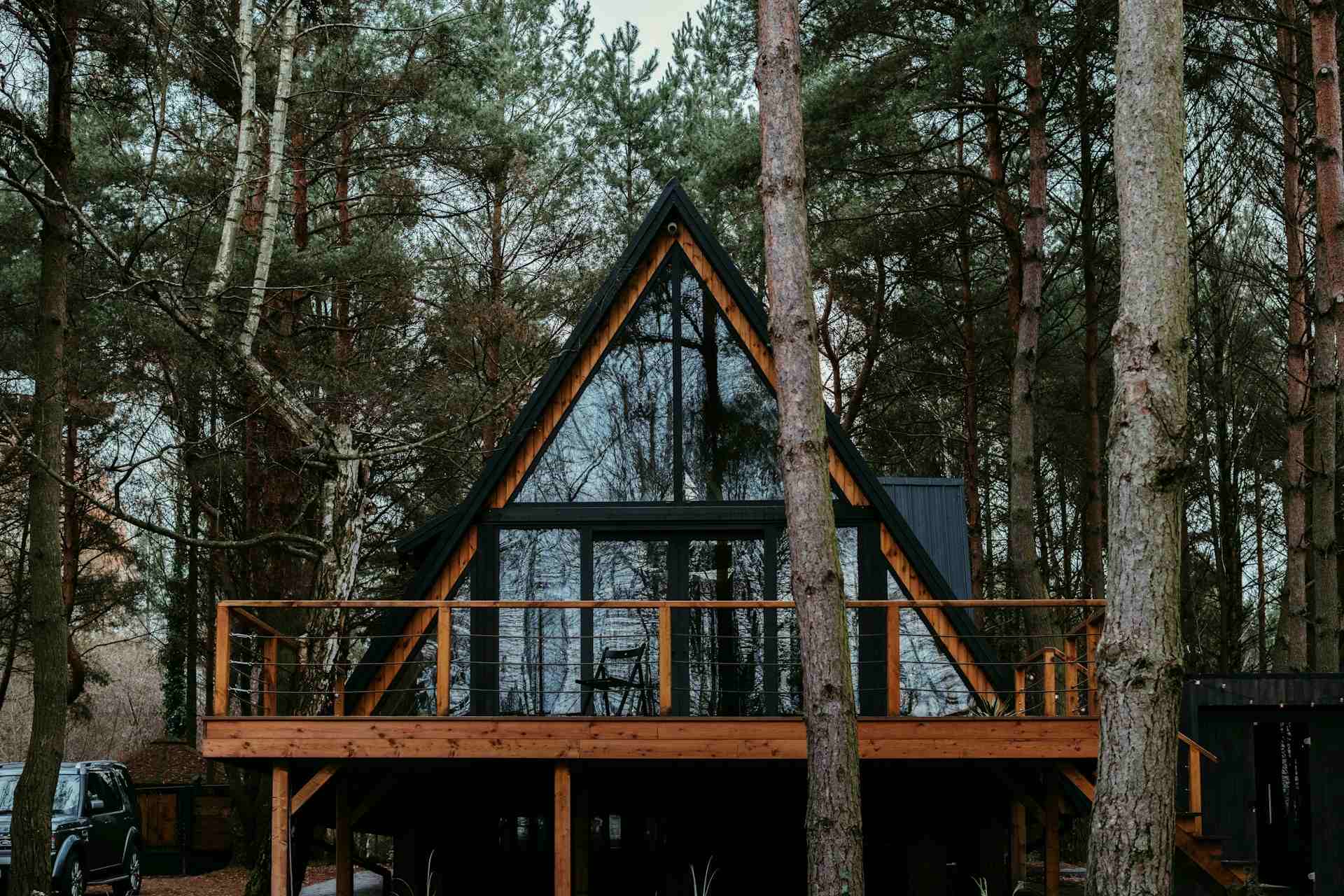The U.S. housing market is facing persistent challenges due to ongoing tariffs on essential building materials, particularly lumber and steel. Despite recent reductions in some tariffs, the 25% duties on Canadian softwood lumber have significantly increased construction costs. Industry experts estimate that these tariffs have added as much as $11,000 to the cost of building a new home. As a result, homebuilders are experiencing increased production costs, which are ultimately passed on to buyers in the form of higher prices.
The effects of these tariffs are evident in the spring 2025 housing market. In April, pending home sales dropped by 3.5% compared to March, marking the sharpest monthly decline since August 2023. This downturn is attributed to a combination of factors, including high construction costs, elevated mortgage rates, and broader economic uncertainty. These challenges have caused hesitation among prospective homebuyers, particularly first-time buyers, who are finding it more difficult to afford new homes.
Retailers in the home improvement sector are also feeling the impact of these tariffs. Companies like Home Depot have reported mixed results, with some managing to absorb the higher costs thanks to a diversified supply chain. However, others, such as Walmart, have raised prices and warned that further hikes may be necessary, drawing criticism from President Trump, who has urged these retailers to absorb the costs themselves rather than passing them on to consumers.
Despite these challenges, some builders remain optimistic about the long-term prospects for the housing market. However, many are concerned about future demand, as rising material costs and economic uncertainties may dampen consumer confidence. The trajectory of the housing market depends on a variety of factors, including ongoing tariff policies, interest rates, and overall economic conditions. As the industry navigates these pressures, it will need to adapt to changing circumstances to maintain growth and stability in the face of rising costs.


